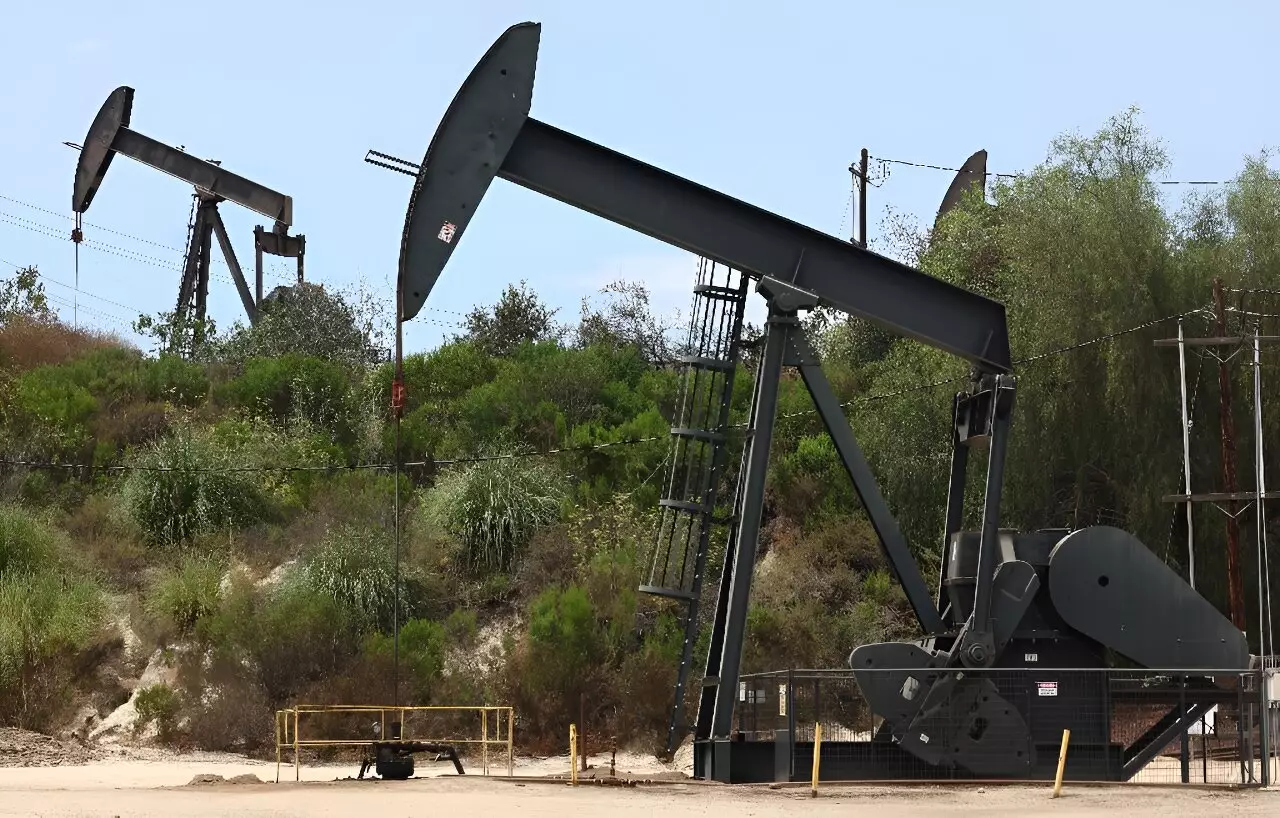The International Energy Agency has recently released a report predicting a major surplus of oil by the year 2030. This surplus is expected to be a remarkable eight million barrels per day, creating challenges for oil markets and industry players globally. The report suggests that the increase in production coupled with a slowdown in global oil demand due to the clean energy transition will result in this surplus.
The IEA report indicates that global demand for oil is set to level off at 106 million barrels per day by the end of the decade. At the same time, overall supply capacity is projected to reach 114 million barrels per day, leading to the significant surplus. Factors such as the advancement of clean energy transitions, changes in the structure of China’s economy, and the slowing growth in global oil demand all contribute to this shift.
IEA Executive Director Fatih Birol has warned oil companies to be prepared for the changes that are taking place in the industry. With a major supply surplus on the horizon, companies need to adjust their business strategies and plans accordingly. The forecasted surplus comes at a time when the OPEC+ group is considering unwinding output cuts, which were initially put in place to support prices amid concerns of weakening demand.
The report highlights that fast-developing Asian countries like China and India, as well as sectors such as aviation and petrochemicals, will continue to drive oil demand. However, the rise of electric cars, improvements in fuel efficiency for conventional vehicles, and the reduced use of oil for electricity production in the Middle East will help limit the overall demand increase to around four percent by 2030. This shift will have a significant impact on advanced economies, where oil demand is expected to decline steadily over the next decade.
The surge in oil production capacity, particularly led by the United States and other countries in the Americas, poses challenges for the industry. The forecasted eight-million-barrel surplus could result in a lower oil price environment, which in turn may create difficulties for the US shale industry and the OPEC+ bloc. The current market management strategy aimed at supporting prices may need to be reevaluated in light of this impending surplus.
The IEA report paints a picture of significant changes in the global oil market by 2030. Industry players, governments, and policymakers will need to adapt to this new reality and prepare for the challenges and opportunities that come with the anticipated surplus of oil.


Leave a Reply
You must be logged in to post a comment.